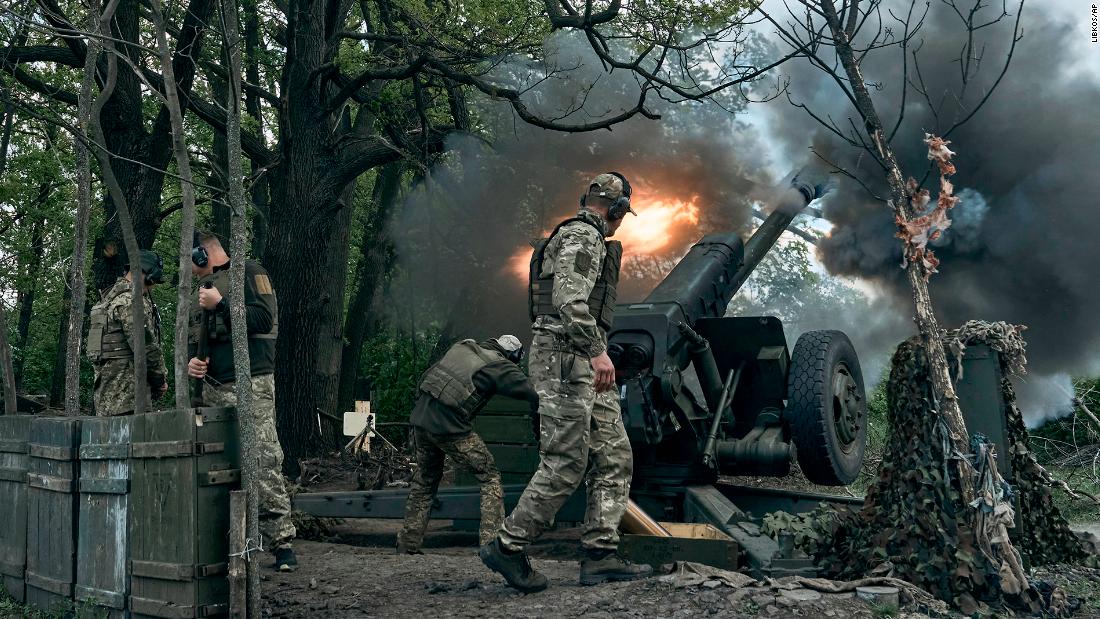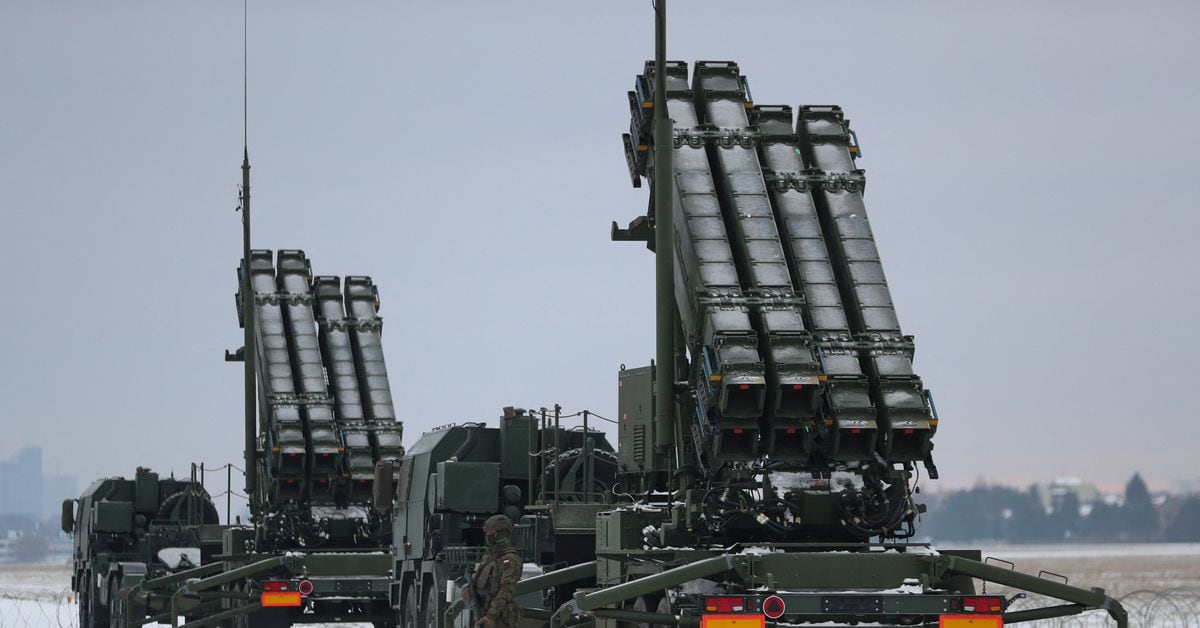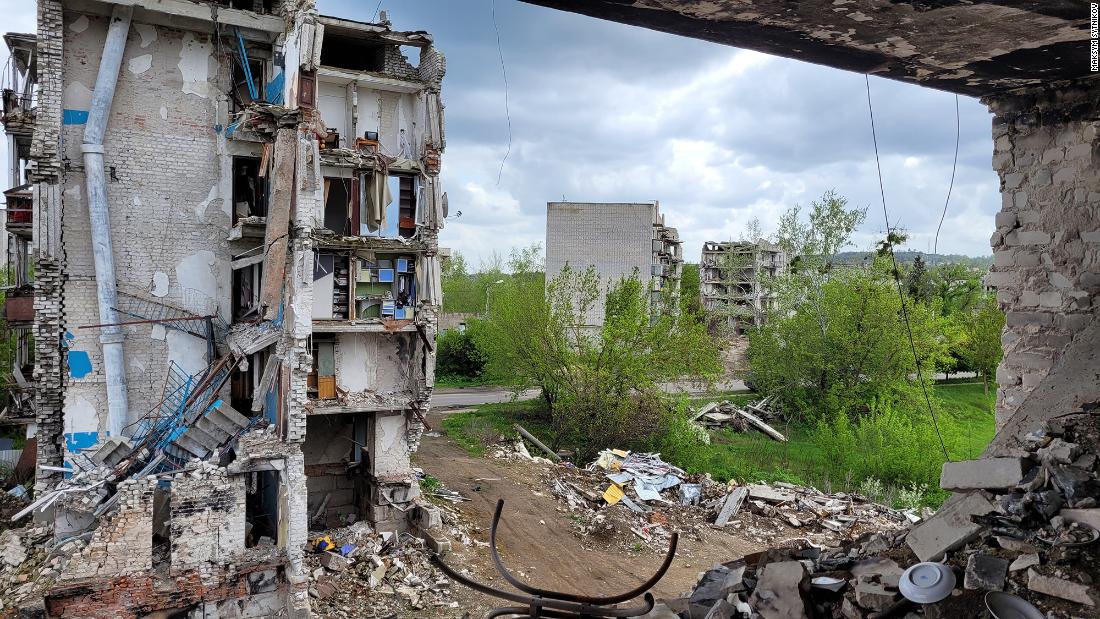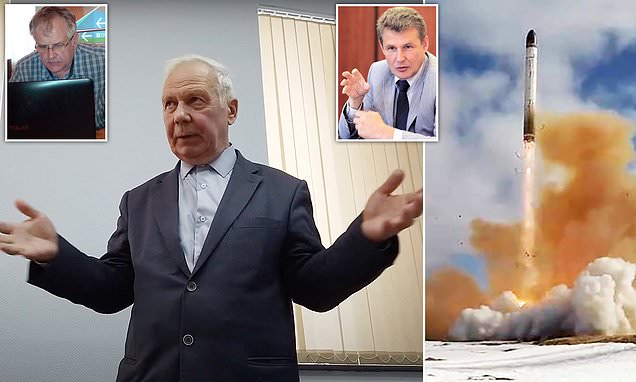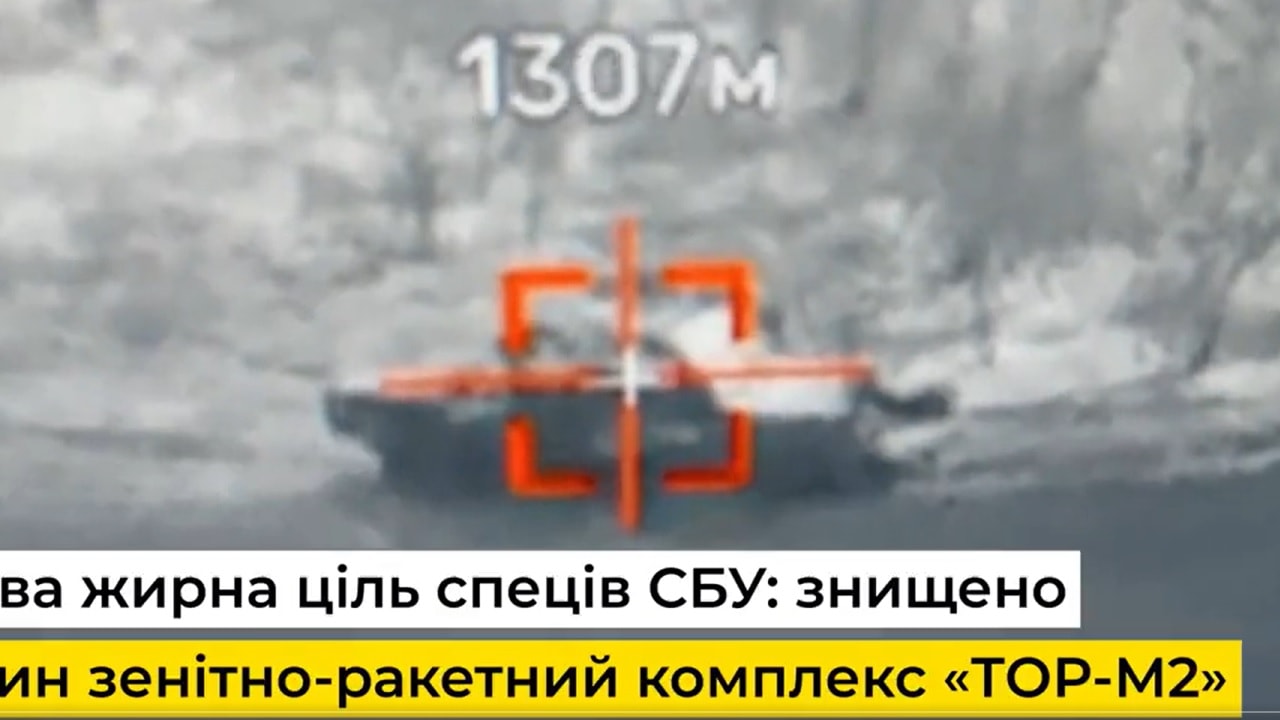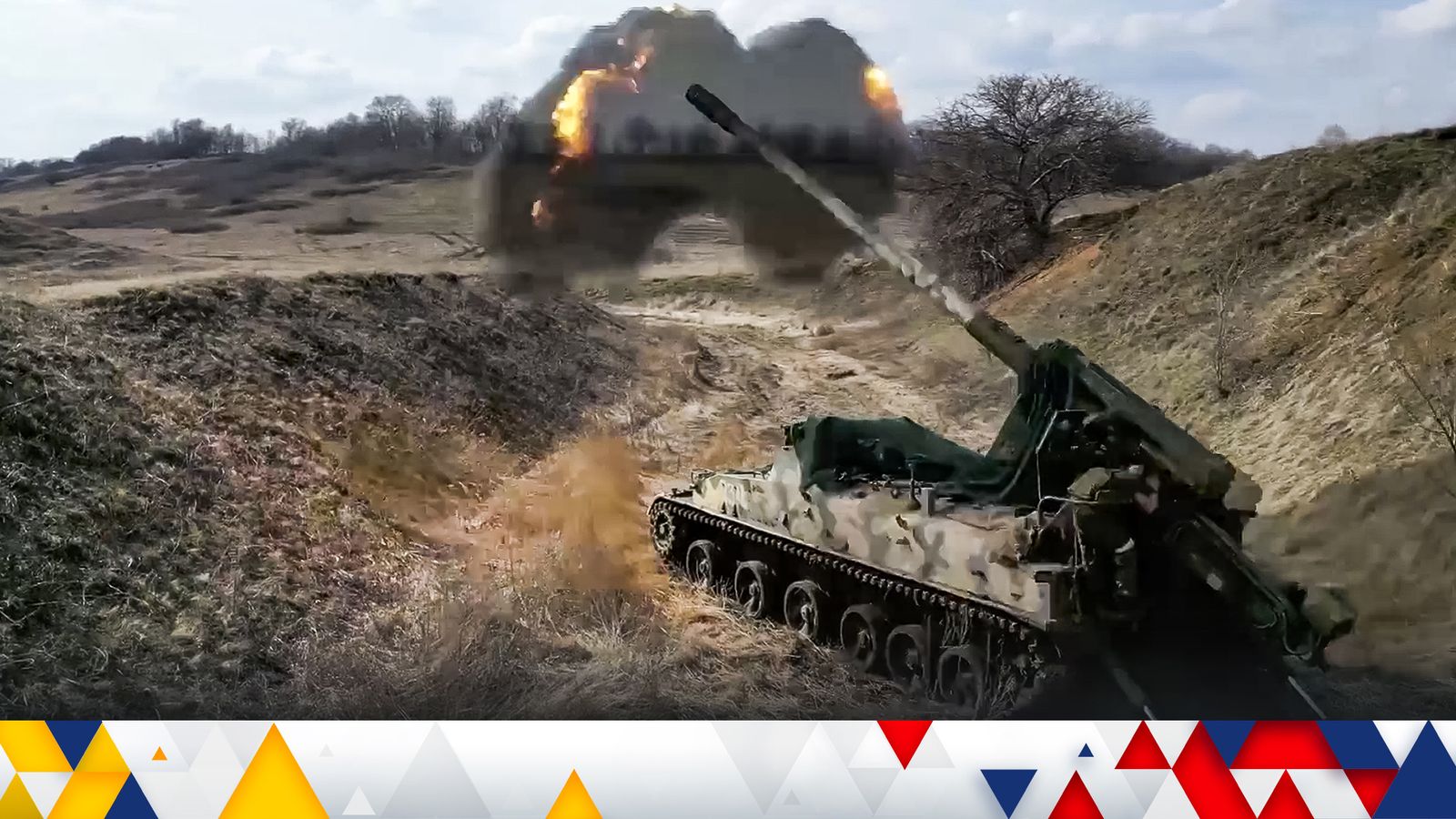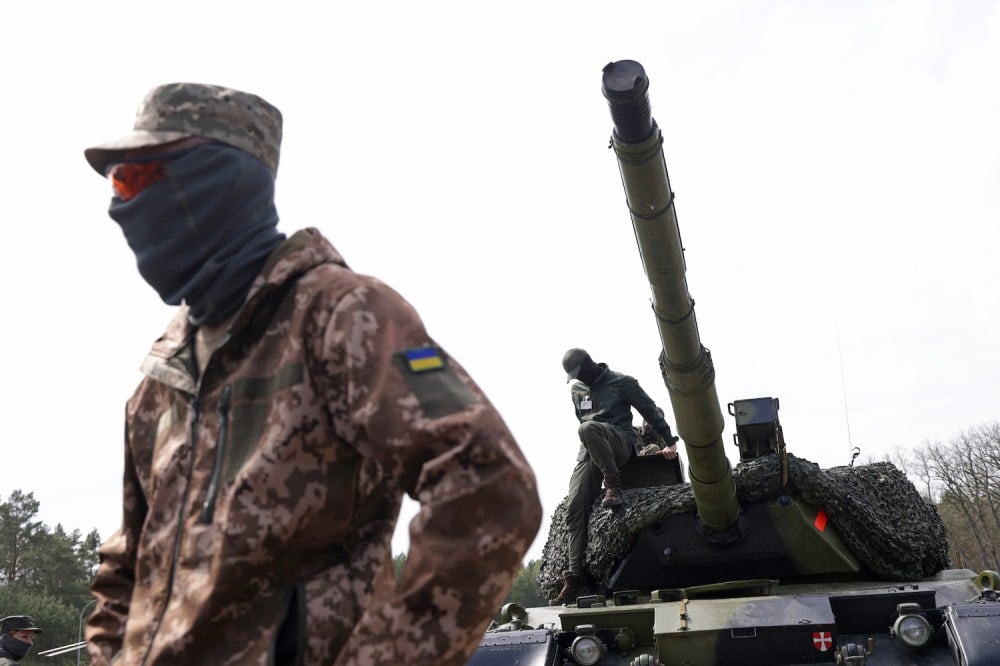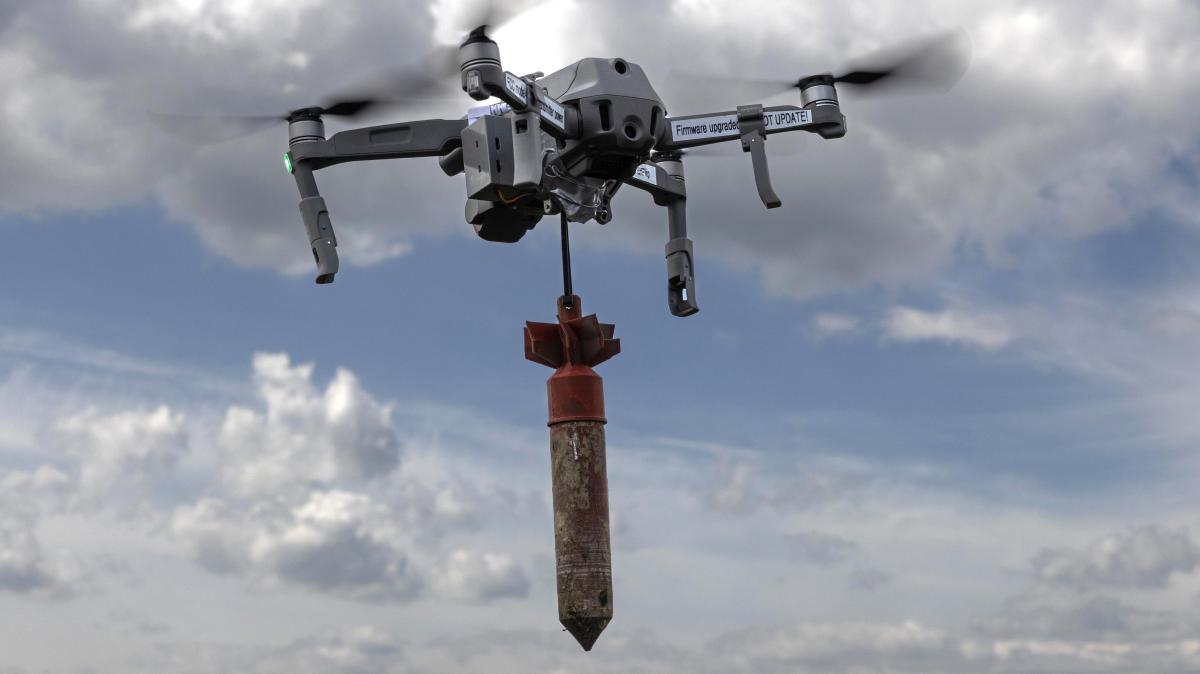Don't Toews Me
Footballguy
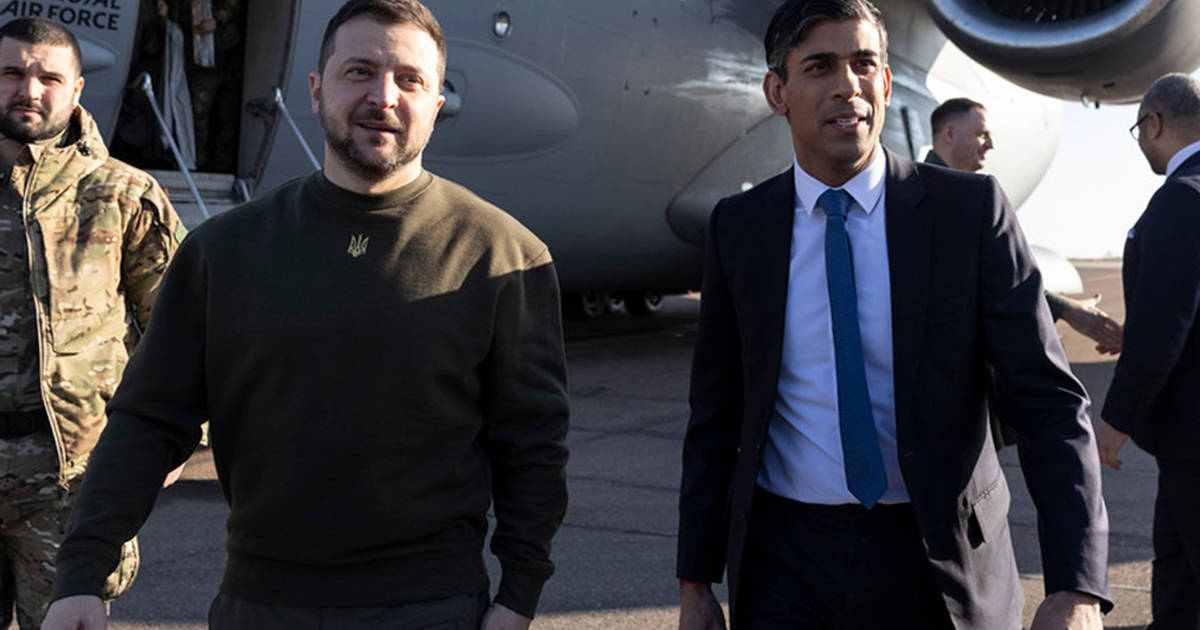
Putting Russia’s Army in the Shadow of the Storm
Holding Russia’s logistics and command and control at risk is a key contributor to shaping the conditions for successful Ukrainian offensive operations.
The introduction of Storm Shadow should therefore not be seen as an escalation, but rather a means of resolving serious tactical challenges in support of Ukraine’s efforts to liberate its territory. The Storm Shadow is a cruise missile with much greater range than GMLRS. Its warhead is also specifically designed for destroying hardened targets, while the munition has a number of stealth features and penetration aids that should make it extremely hard for Russian air defences to accurately detect, let alone intercept.
The significance of Storm Shadow in the Ukrainian arsenal is that it holds a wide range of Russian critical dependencies at risk: fuel, ammunition dumps, command and control bunkers, and other high value targets. The Storm Shadow stockpile is small, and Ukraine will have to select the targets to be struck with great care. The critical priority will be to perform strikes that achieve disproportionate effect and that create specific disruption in areas that Ukraine can exploit in its conduct of offensive operations.
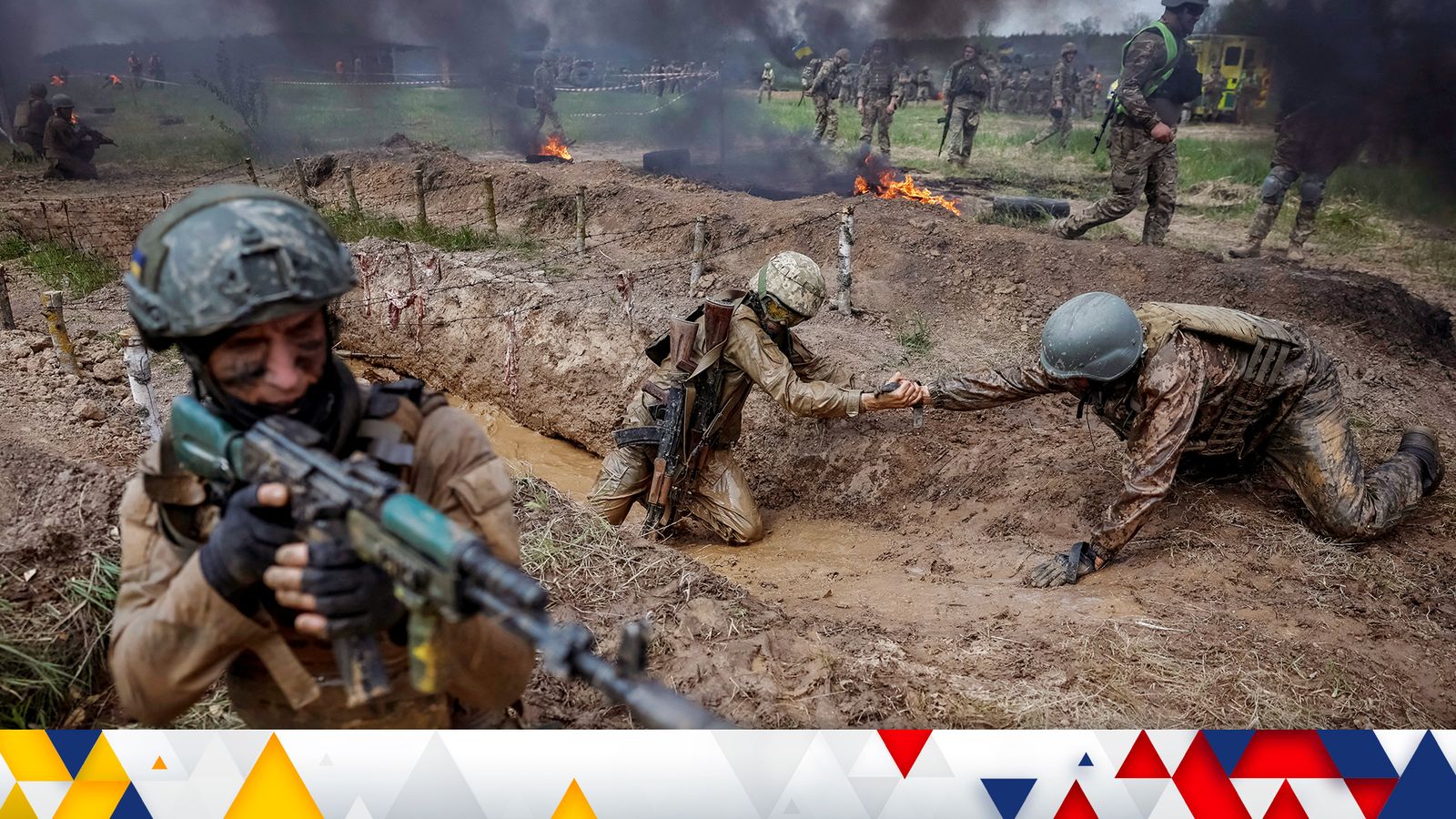
Ukraine war latest: Hypersonic missile 'destroys US-made air defence system' - but Russian nuclear strategists 'should be very worried'
Russia claims to have destroyed a US-built Patriot air defence system using a hypersonic Kinzhal missile during its overnight strikes on Ukraine's capital. Listen to a Sky News Daily podcast special on how long the West could keep funding Ukraine's war effort as you scroll.
Ukrainian forces take back more territory in Bakhmut - but 'enemy advancing somewhat'
Ukrainian forces have taken back about 20 square km (7.5 square miles) of territory around Bakhmut in recent days, the country's deputy defence minister has said.
That's around three times the size of London Gatwick Airport.
However, Russian troops are still "advancing somewhat" in the eastern city and heavy fighting has continued, Hanna Maliar said.
"In the current situation, our troops are doing their best and even more," she said on Telegram.
"The fact that the defence of Bakhmut lasts for so many months and there are advances in certain areas is the strength of our fighters and the high level of professionalism of the defence command."

Ukraine war latest: Hypersonic missile 'destroys US-made air defence system' - but Russian nuclear strategists 'should be very worried'
Russia claims to have destroyed a US-built Patriot air defence system using a hypersonic Kinzhal missile during its overnight strikes on Ukraine's capital. Listen to a Sky News Daily podcast special on how long the West could keep funding Ukraine's war effort as you scroll.
What does securing part of Bakhmut's key supply route mean for Ukraine?
Earlier today, the UK's Ministry of Defence reported that Ukrainian troops had re-established "more secure" use of the key 0506 supply road into Bakhmut.
As months of fierce battles have torn through the city, the road has been one of the areas targeted by Russian forces in the hope of cutting off supplies for Ukrainian soldiers.
It enters from the west of the eastern city, snaking through the village of Khromove, and has been described by Ukrainian troops as the "highway of life".
So what would it mean if Kyiv secured it?
Defence studies expert Dr Marina Miron said the route is a "lifeline" for Ukrainians inside the beleaguered city and taking full control of it would make it "more difficult for the Wagner group to surround them".
It would also allow them to "receive reinforcements and supplies as well as evacuate casualties," she told Sky News.
That, in turn, would complicate "Wagner's task of a potential encirclement", she added.
Prigozhin claims an American was killed in Bakhmut: https://twitter.com/ChristopherJM/status/1658498750334095362
Short thread on the Russian missile attack last night: https://twitter.com/MassDara/status/1658479217393426432

